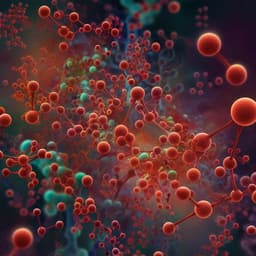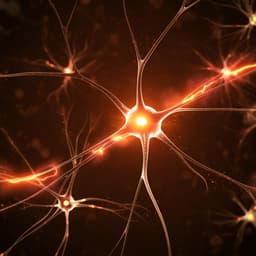
Medicine and Health
Association of greenspace and natural environment with brain volumes mediated by lifestyle and biomarkers among urban residents
X. Shang, W. Wang, et al.
Living nearer greenspace and natural environments was associated with larger total, grey and white matter brain volumes in 34,454 UK Biobank participants; smoking and physical activity—and biomarkers including vitamin D, red blood cell indices and creatinine—partly mediated these links. This research was conducted by the authors listed in Authors.
~3 min • Beginner • English
Related Publications
Explore these studies to deepen your understanding of the subject.







